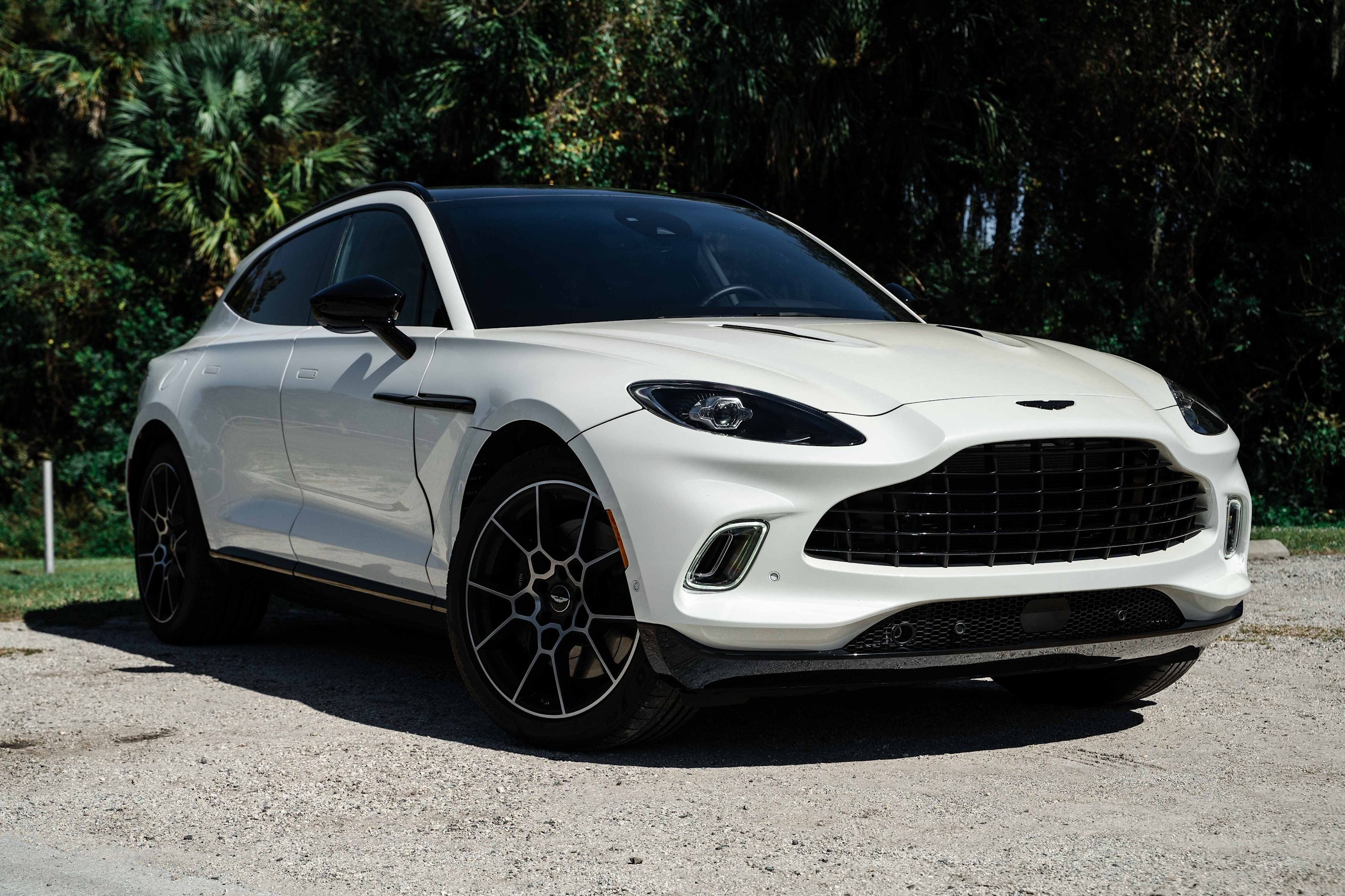
It's a good thing the Aston Martin DBX exists because otherwise, well, let's not go there. The British marque's first and so far only SUV continues to be the key to its startling financial recovery as the vehicle exceeds all expectations. Priced at around $180,000, the DBX was responsible for a revenue surge of $381 million in the last quarter, significantly surpassing analysts' predictions.
The company has reported a 224% sales increase in overall sales in the first six months of this year with the DBX leading the charge. It accounted for more than half of the 2,901 vehicles so far this year.
Recently self-minted Aston Martin executive chairman Lawrence Stroll is aiming for about 6,000 vehicles for total sales this year. Thanks to the DBX and a continually hot luxury vehicle market, that's looking increasingly possible.
"We've delivered everything that we promised that we would deliver in the first half," CEO Tobias Moers told Bloomberg. "The business has stabilized and now it's about the growth story and delivering the products that we promised as well." More DBX derivatives are on the way, including a coupe and a plug-in hybrid. The company's profile will continue to rise once it begins deliveries of the Valkyrie hypercar before the end of the year.
The near production-spec Valhalla, a 950-hp plug-in hybrid supercar, was shown earlier this month. It will enter production in 2023. The rest of Aston Martin's existing lineup remains largely unchanged for the upcoming model year and the company recently unveiled its new and easier to use online configurator.
Despite its long history of motorsport and powerful combustion engines, the carmaker will soon begin its transition to a fully electrified future. Days ago it was confirmed that the DB11 and Vantage front-engined sports cars will be succeeded by pure battery electrics. That means the AMG-sourced twin-turbo V8 and the AM's own V12 are expected to be retired in the not-so-distant future.
